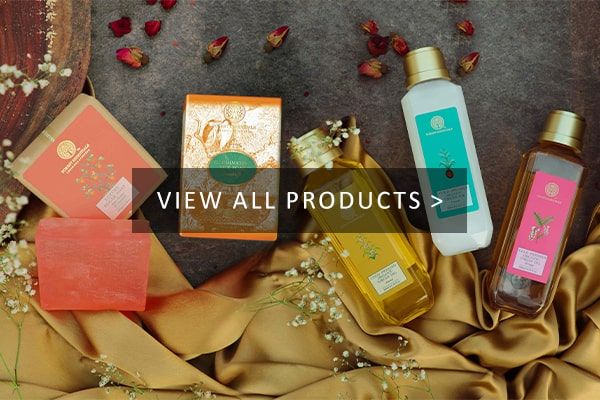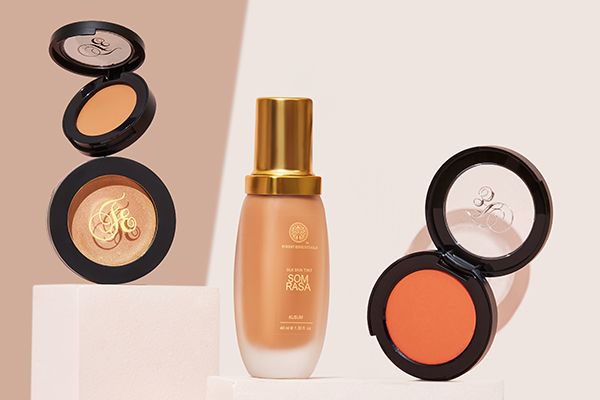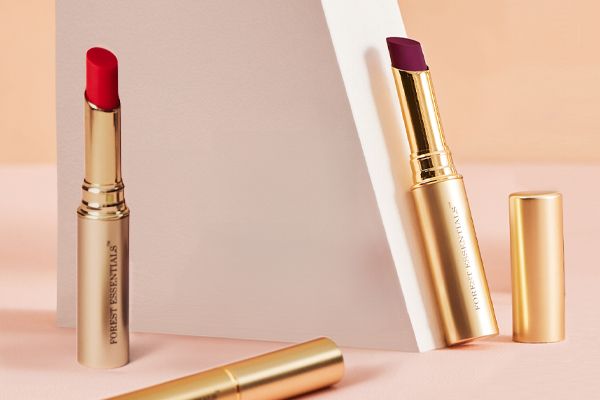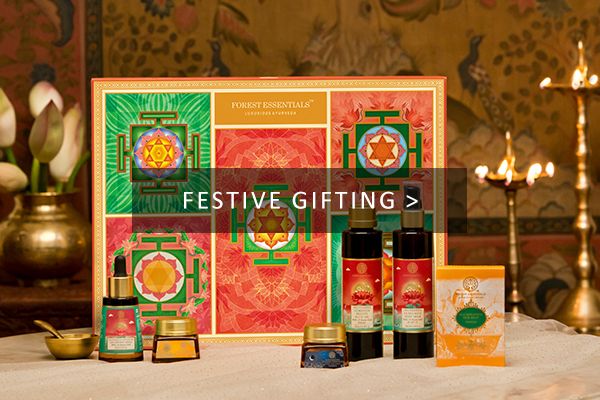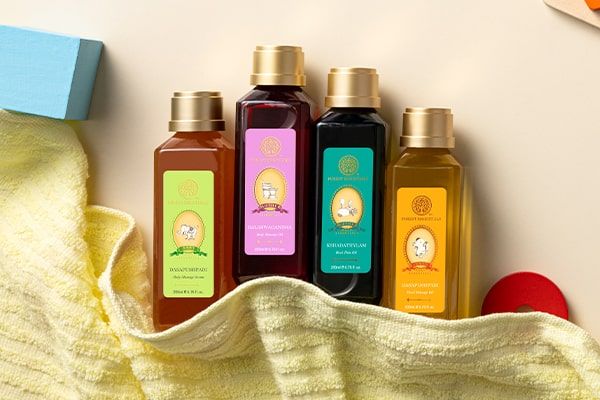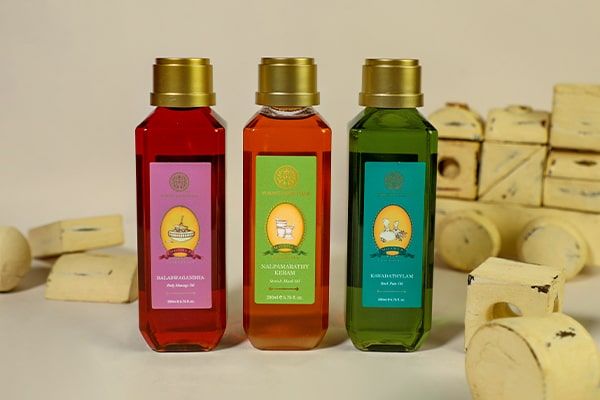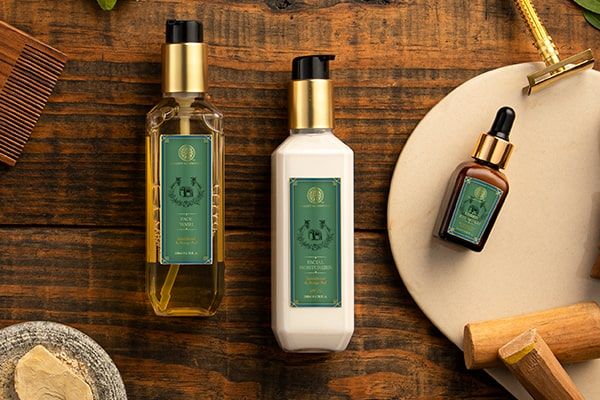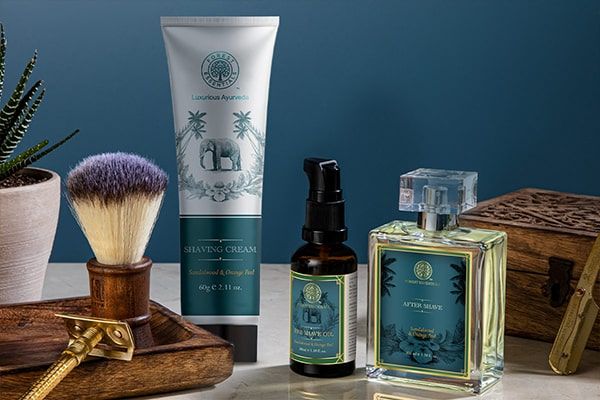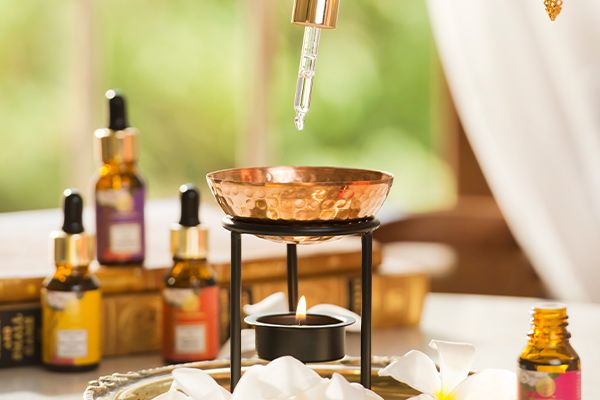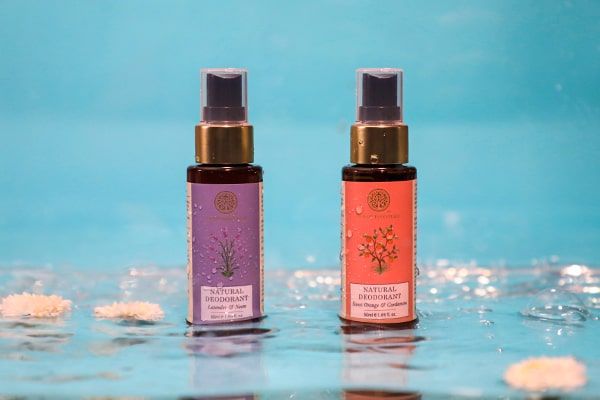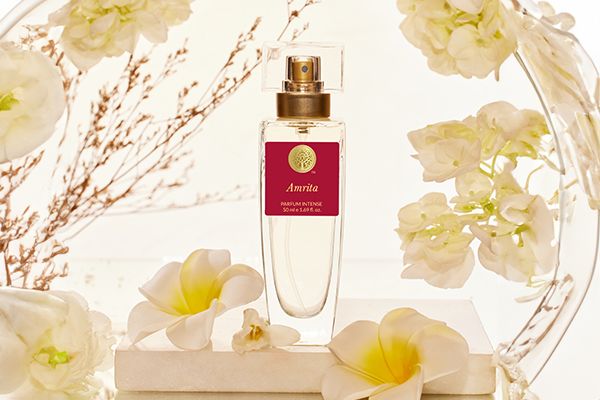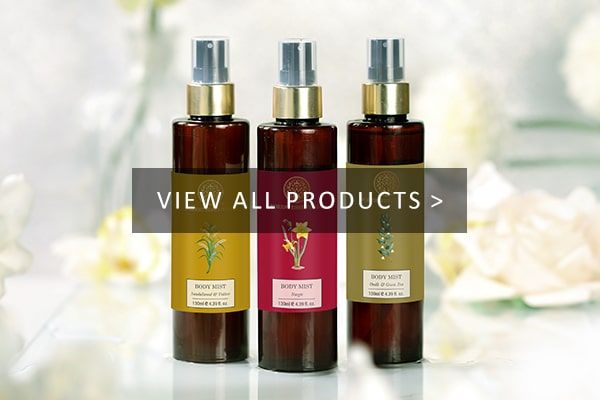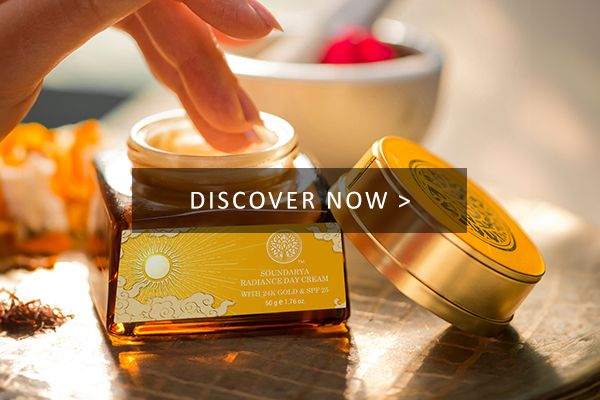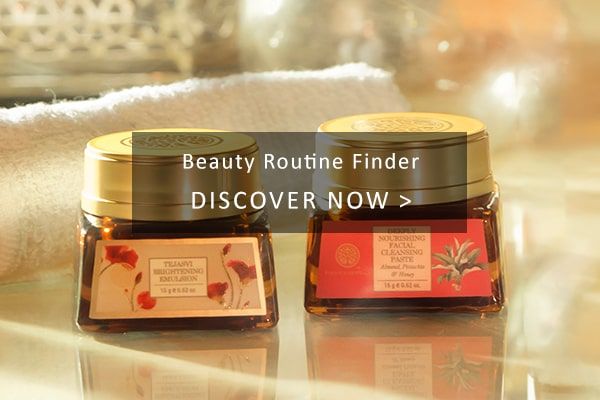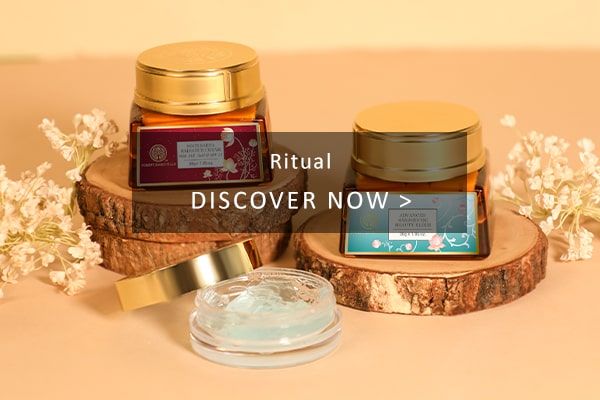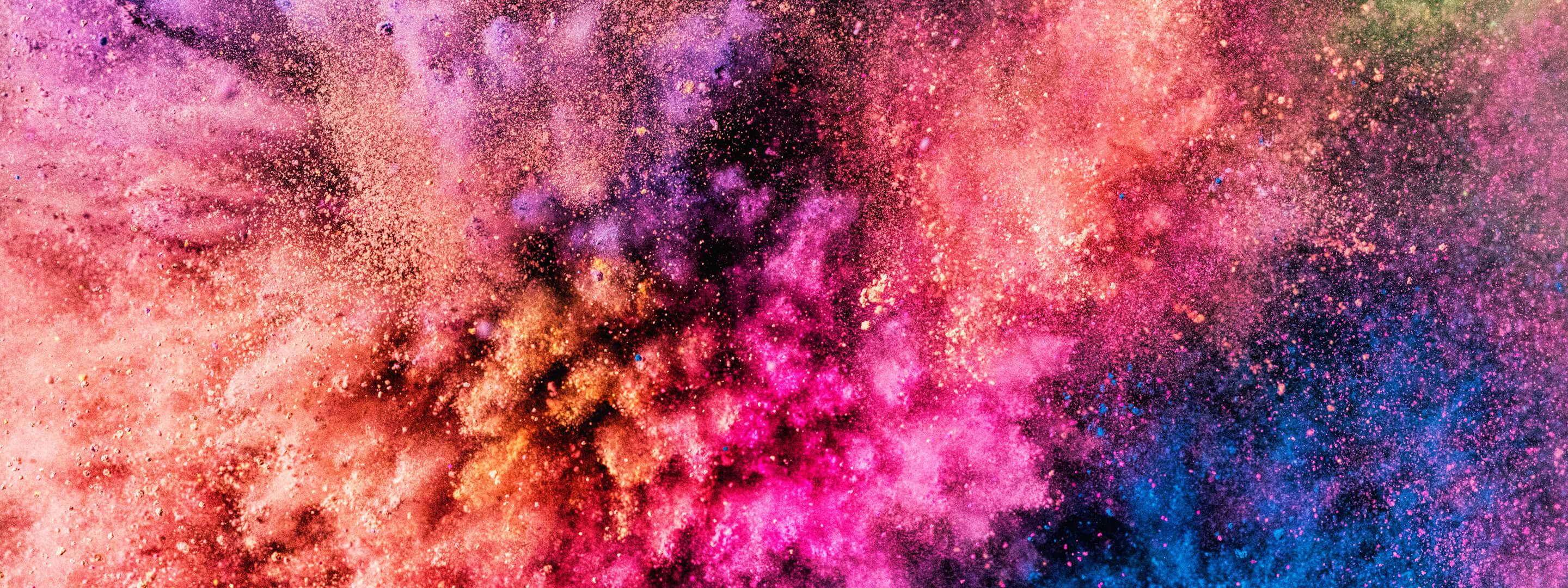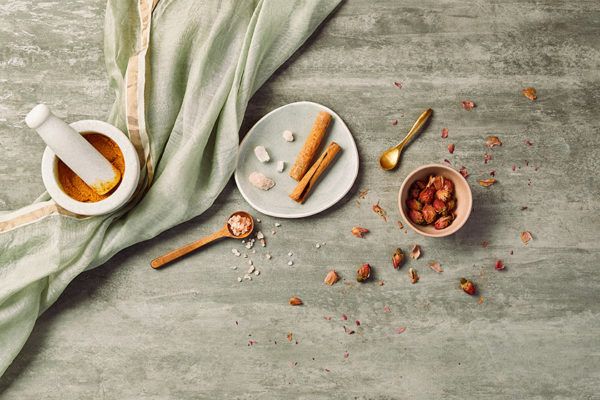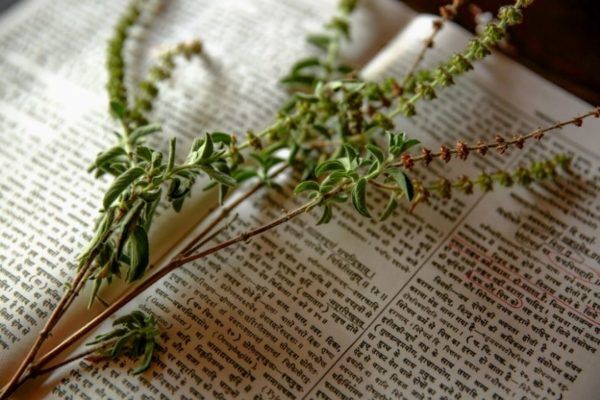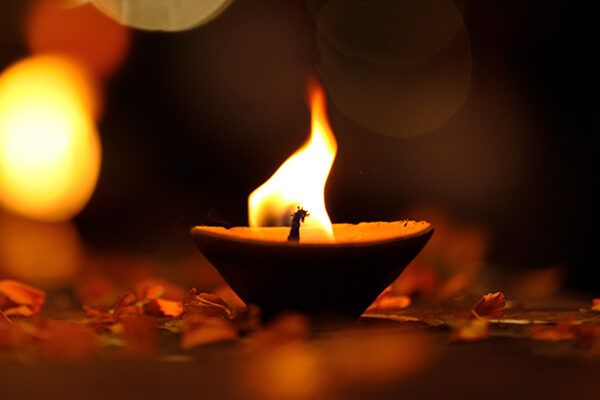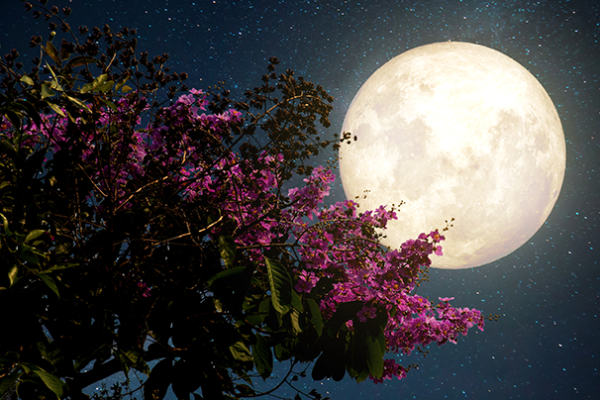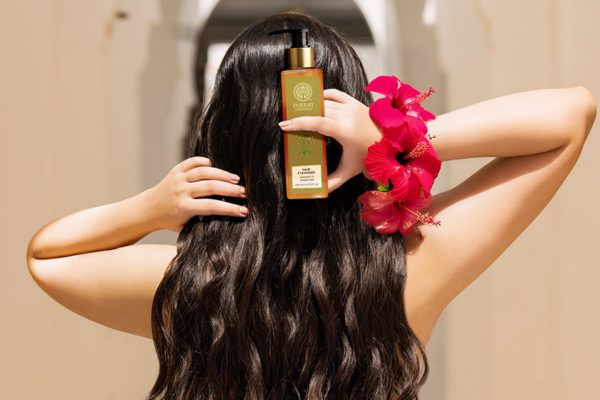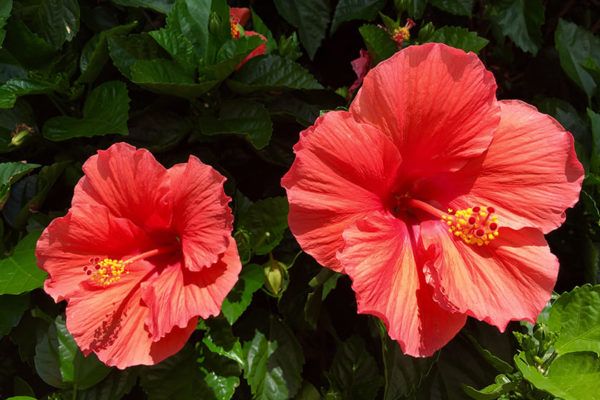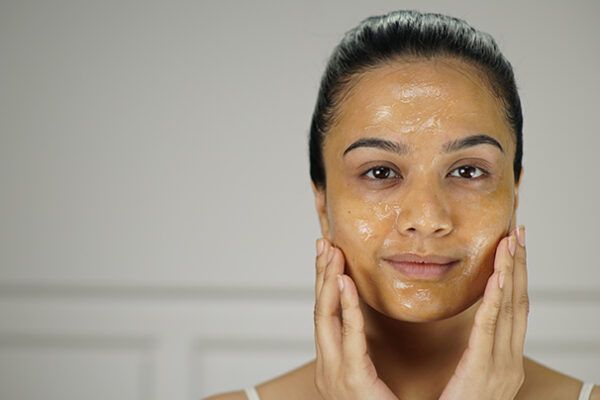
The festival of colours is right around the corner, the flowers are in full bloom and the transition from Winter to Spring is almost complete. From the bustling crowd under a colour-laden sky to the sweet smell of delectable delicacies, Holi is a celebratory affair!
Significance of Holi | Why is it celebrated?
The Holi celebration marks the full moon day of Phalguna on which we welcome Spring.
According to the Bhagwat Purana, the legend behind the festival of Holi revolves around the evil king Hiranyakashipu, his sister Holika and his son Prahlad. It is believed that Hiranyakashipu was the king of the Asuras and had special powers that made him invincible and immortal. As a result of this, he grew arrogant and demanded that everybody in his kingdom worshiped him as God. However, the king’s son Prahlada, disobeyed his command and continued to worship Lord Vishnu. Infuriated, Harinyakashipu subjected his son to cruel punishments and eventually sentenced him to die. The King plotted with his sister Holika who tricked Pralhada into sitting on a pyre with her. While Holika protected herself with her special cloak, Prahlada remained exposed. As Holika tried to use her power for evil, the cloak flew from Holika’s body and enwrapped Prahlada, saving his life while leaving her exposed to the blazing fire. Today, Hindus celebrate this triumph of good over evil by lighting bonfires and playing with colours!

Significance of Holi Colours
Blue is symbolic of Lord Krishna, who is a manifestation of Vishnu. The colour Blue is also called ‘Neel’ in Hindi & Lord Shiva is lovingly referred to as ‘Neelakantha’ meaning ‘the one with the blue neck’. This name comes from the mythological account that Shiva drank a pot of poison in order to save creation. Therefore, blue represents that while evil does exist, it can always be contained through courage, positivity & righteousness.
Green symbolises nature, life, new beginnings, harvest, and virility. It is also the colour associated with Lord Rama- another avatar of Lord Vishnu, who spent most of his life exiled amidst the forest greens.
Yellow represents knowledge, learning and life. The 3,500-year-old Rig Veda book of sacred hymns also refers to Lord Vishnu as a ‘tantuvardhan’ which translates to a ‘weaver’. It is believed that he wove the yellow rays of the Sun into a garment for himself. It is the colour festivals and all-around auspiciousness.
Red is the most used colour in Holi celebrations, the first association that comes to mind when we hear the word ‘gulaal’, is Red. It is the colour used to wish the Gods and Goddesses and it is also customary to wear Kumkum or tilak on your forehead during festivals and auspicious occasions. It is symbolic of weddings, fertility, and love.
What are traditional Holi colours made from?
Traditionally, Holi has been an all-natural affair, colours are extracted from Ayurvedic herbs & natural ingredients like Turmeric, Henna & Tesu. These 100% natural colours are beneficial for the body. Playful pouring and throwing of pure natural-coloured powders and water made from these has a healing effect. It strengthens the ions in the body and adds vibrancy and beauty.
What are organic/herbal Holi colours and how to make them at home?
How to make dry and liquid Holi colours?

- Green: Can be made using henna or Mehendi powder.
- Yellow: Mix Turmeric powder with Gram Flour in a 1:2 ratio to make a dry yellow gulaal.
- Magenta: For this, soak sliced Beetroots in water, boil this mix and leave it overnight. Strain the water for a bright pink colour.
- Red: Mix Red Sandalwood with equal quantity of Rice Flour to obtain dry Red powder. You may also boil the peel of pomegranate to get a wet alternative.
How to make natural flower colours?

To prepare natural dry colours with flowers, start by sun-drying the flowers; following this hand-pound these in a mortar and pestle to obtain a fine powder. You may use the following flowers to obtain the desired colours-
- Red: Hibiscus or Roses.
- Yellow: Marigold or Yellow Chrysanthemums
- Green: Neem leaves
A Scrumptious Spread
Ayurveda also suggests rich, creamy foods that are sweet, Milk and Ghee based, for your diet at this time of the year. Read on as Deeba Rajpal- a chef, food stylist & blogger- treats us with feasts for the festival of Holi, inspired by some of our most nourishing skin care including the Soundarya Radiance Cream and Deeply Nourishing Facial Cleansing Paste.
According to the ancient science of Ayurveda, all the ingredients in Mithais- Sugar, Milk, and Ghee are considered to be ‘Satvic’ which means ‘pure’ & ‘the food of Gods’. Therefore, mithai is also offered to the Gods and it is used to break fasts or eaten during a fast. Here are a few recipes with a sumptuous take on tradition.
Kesari Kheer

This simple rice pudding is quintessentially Indian, traditionally prepared in a pot with milk & sugar. Enriched with flavours of cardamom, raisins, saffron, cashews, pistachios, almonds or other dry fruits, Kheer is simply irresistible, and on our Holi platter inspired by the Soundarya Radiance Cream.
Ingredients (Serves 8-10)
- 1.5 litres full cream milk
- 1/2 cup malai/cream, optional
- 1/2 cup basmati rice, rinsed
- 1/2 cup whole almonds (or 1/4 thandai mix, 1/4 whole almonds)
- 1 1/2 cup khaand/ jaggery granules
- Seeds of 5 green cardamoms, crushed
- Generous pinch saffron
- Garnish: Almonds, rose petals, saffron
Recipe
- Grind rice and almonds to a coarse breadcrumb like texture in a coffee grinder.
- Stir the above into cold milk with the jaggery, cardamom seeds and fresh cream.
- Put on low heat and cook for about 25-30 minutes, stirring often, until the rice is cooked and the texture of the Kheer thick.
- Taste and adjust sweetness if required.
- Take off heat and add a pinch of saffron. Stir well. The Kheer will continue to thicken as it cools. You might need to add a little milk as the absorption quality of rice differs.
- Once it gets to room temperature, ladle into earthenware bowls, individual serving bowls to set.
- Garnish with saffron strands, almond slivers, pistachio bits, rose petals etc. Serve chilled.
Thandai Latte

A festive staple, Thandai is made with Almonds & served cold in Kulhads (earthen pots) to savour the taste of Holi. Often prepared with Bhaang (cannabis), here is a healthy twist to this traditional drink.
Ingredients (Serves 4)
- 1 cup of almonds, soaked overnight
- 2 tbsp pistachio
- cups water
- 2 tbsp khand
- Seeds of 4 green cardamoms, crushed
- 1 tsp whole black pepper, crushed
- 1 tbsp sabja/basil seeds
- Generous pinch of saffron strands
- Garnish: Pistachio, saffron, rose petals
Recipe
- Discard the water the almonds have been soaked in.
- Place the almonds (with skin) in a blender with 2 cups of water and blend until creamy.
- Add the khand, cardamom seeds and black pepper and blend again.
- Now add the remaining water and blend to mix. Adjust the water and sweetness if required.
- Strain through a cheesecloth, then stir with sabja/basil seeds and saffron strands.
- Serve chilled, garnished with organic rose petals, saffron strands and pistachio slivers.
Chef ’s Tip: To save time, you can use store-bought raw almond milk instead of preparing the almond paste.
Khubani & Ginger Halwa

Which Halwa has been a part of your fondest memories? Traced back to every kitchen in India, this delightful dessert is prepared with a variety of key ingredients like semolina (sooji), vegetables & fruits like carrots and moong mixed with ghee & sugar.
Ingredients
- 400g dried apricots/ khubani
- 2-3 tbsp cow’s ghee
- 1/2 cup jaggery (to taste)
- tbsp cow’s milk
- 4-6 threads saffron (soaked in a little warm water)
- ¼ cup pistachios (or almonds)
- Pinch of dry ginger powder
- 4-5 cloves, freshly ground into a fine powder
- 3-4 green cardamom seeds freshly ground into a fine powder
- Garnish: Sunflower seeds, khubani, almonds and ginger slices
Recipe
- Soak dry Khubani or apricots in warm water and de-stone.
- Once the fruit is plump, chop roughly. Put this in a blender and make a pulpy puree.
- Heat a brass (pital) kadhai and add ghee.
- Add the pureed apricots and stir on a medium low heat.
- Let it cook for 5-10 minutes.
- Add jaggery and stir until ghee leaves the sides. Add the chopped nuts, spices and saffron, cook for another 10 minutes on low heat.
- Pour into a tray and grease it with ghee.
- Garnish with nuts and dry fruits of your choice.
Badaam & Gulab Cake

Intrinsically Indian and lush- Badaam & Gulaab together make for every Indian Chef’s favourite. Here is a break- off for anyone looking to bite into something easy to make & easy to eat with all the flavours of tradition retained. This special curation by the Chef is a must try.
Ingredients (Makes 1 X 4” halwa cake)
- 1 cup almonds
- ¾ cup sugar
- Generous pinch of saffron
- ⅛ tsp cardamom powder
- ½ to ¾ cup water or cow’s milk
- 1 tbsp of cow’s ghee
- Few drops of rose water
- Garnish: Pistachios
Recipe
- Wash and soak almonds in water for 4 hours (or overnight)
- Discard the water, peel off the skins and rinse the almonds well.
- Blend almonds, sugar, cardamom powder, saffron with milk into either a smooth paste or a slightly rough grind depending on desired consistency.
- Heat a brass (pital) kadhai or wok and add 2 tbsp of ghee to it.
- Add the ground paste and constantly stir the mixture as it can burn easily.
- To this, add an additional 2 tbsp of ghee and cook till the mix thickens, stirring constantly.
- Once it reaches the desired consistency, stir in the rose water. Transfer to a brass (kansa) container to set.
- Garnish with almond slivers, pistachios, rose petals.
Palak ke Patte ki Chaat

Balance the palate with the piquant recipe of Palak Patta Chaat for an explosion of flavour. Made with a blend of spices, green chutney, yogurt & pomegranate pearls, this makes for a quick and easy snack to serve with chai at your Holi soiree!
Ingredients (Serves 3-4)
- 15-20 spinach leaves, washed, patted dry
- 1 cup besan/chickpea flour
- ¼ tsp haldi
- ½ tsp red chili powder
- ½ tsp amchur powder
- 1 tsp ajwain/carom seeds
- Pinch hing/asafoetida
- Pinch baking soda
- ½ cup water (as required)
- Oil for frying
Recipe
- To prepare the batter, place ingredients in a large bowl and whisk well.
- Taste and adjust seasoning. Keep it slightly under seasoned since the chutneys will have salt too.
- If the batter is too thick, add a little more water. If too thin, then add more besan. Whisk it till it reaches a pourable pancake batter like consistency.
- Heat the oil in a kadhai or wok.
- Once the oil is hot, reduce heat slightly. One by one, dip the leaves in the batter, and properly coat both sides.
- Gently put into hot oil, maybe 4-6 at a time. Don’t overcrowd the pan. Cook over medium-high heat until golden brown and crisp, then turn and cook the other side.
- Using a slotted spoon, remove from the oil into a flat plate lined with a kitchen napkin.
Chef’s Tip:
Place a circle of batter fried spinach leaves on a serving plate. Once the leaves have cooled down, drizzle with whipped yogurt, chutneys, and pomegranate pearls. Serve immediately.
This Holi, savour the richness of Holi with Ayurvedic benefits intact!



